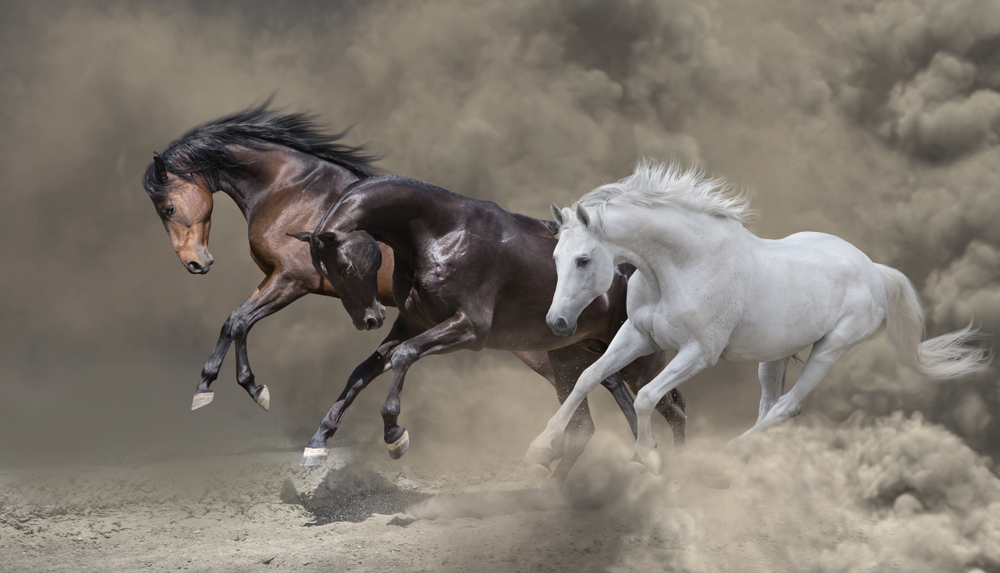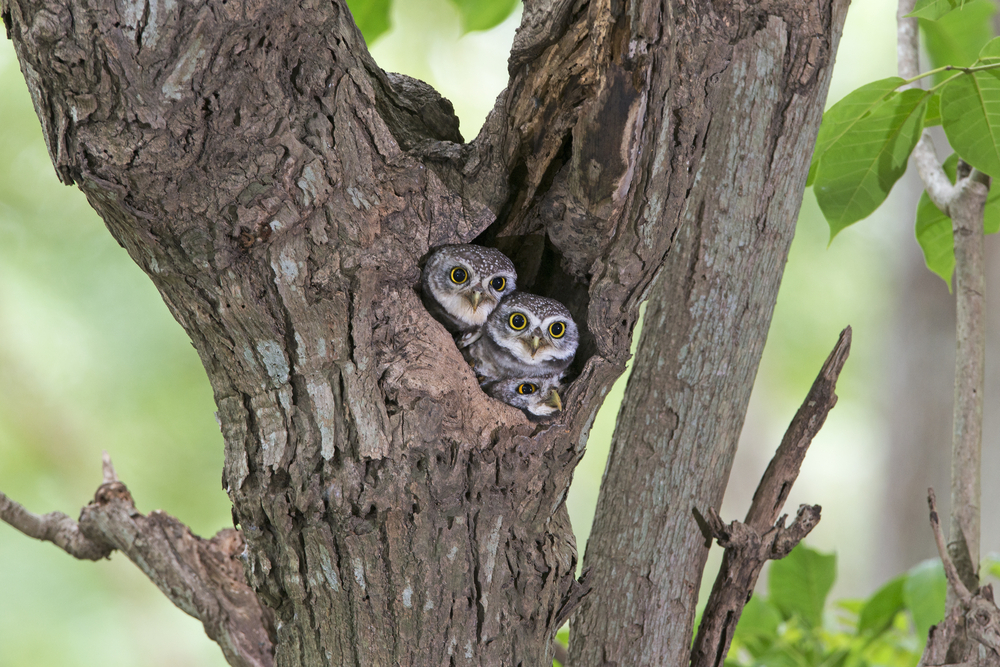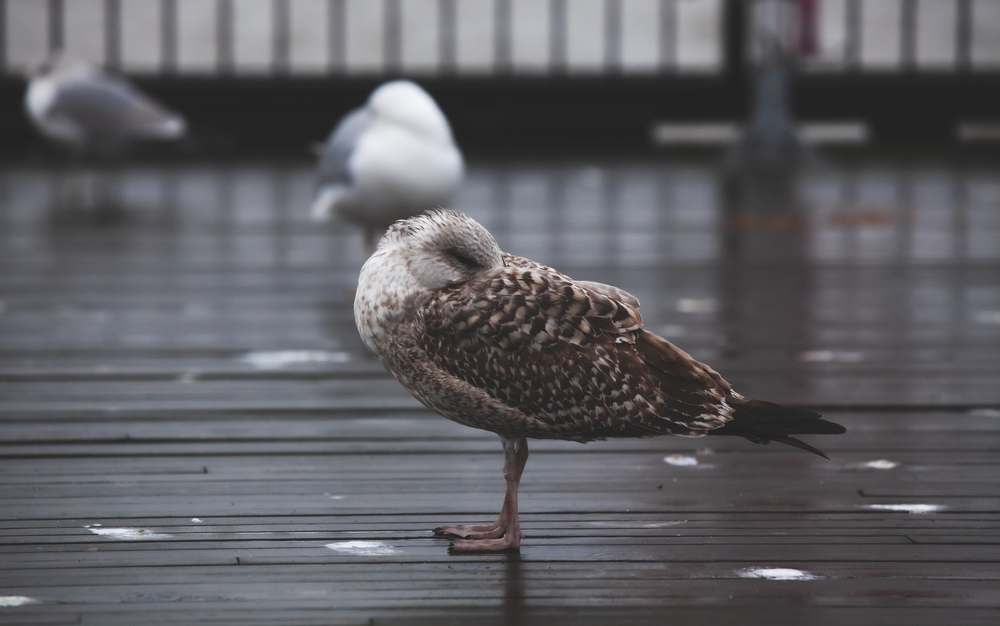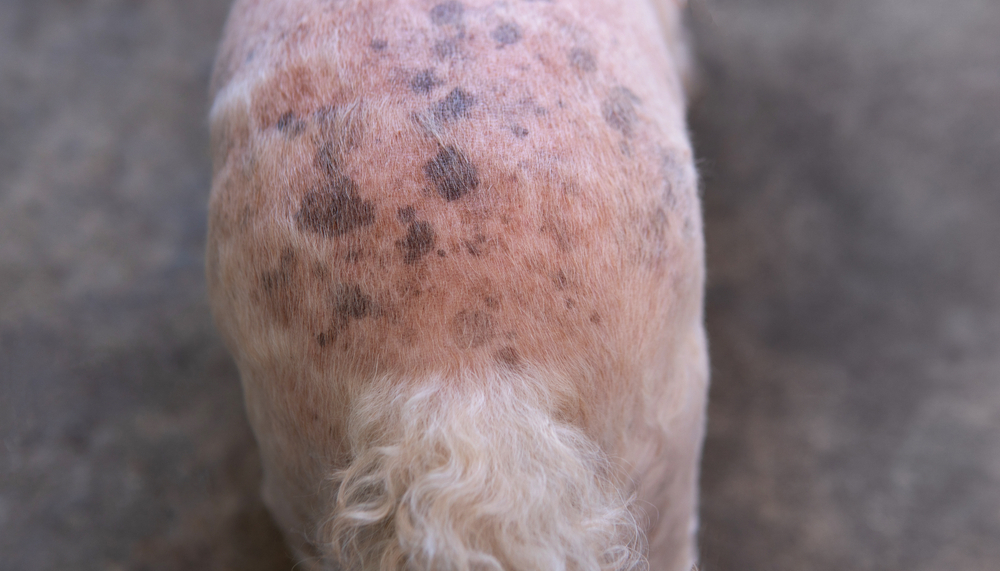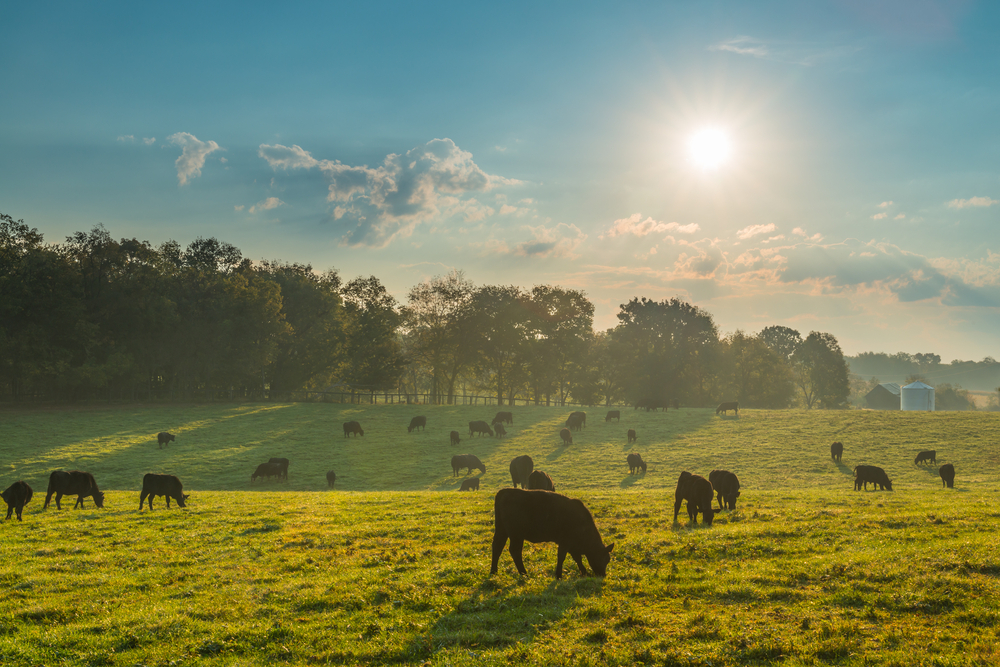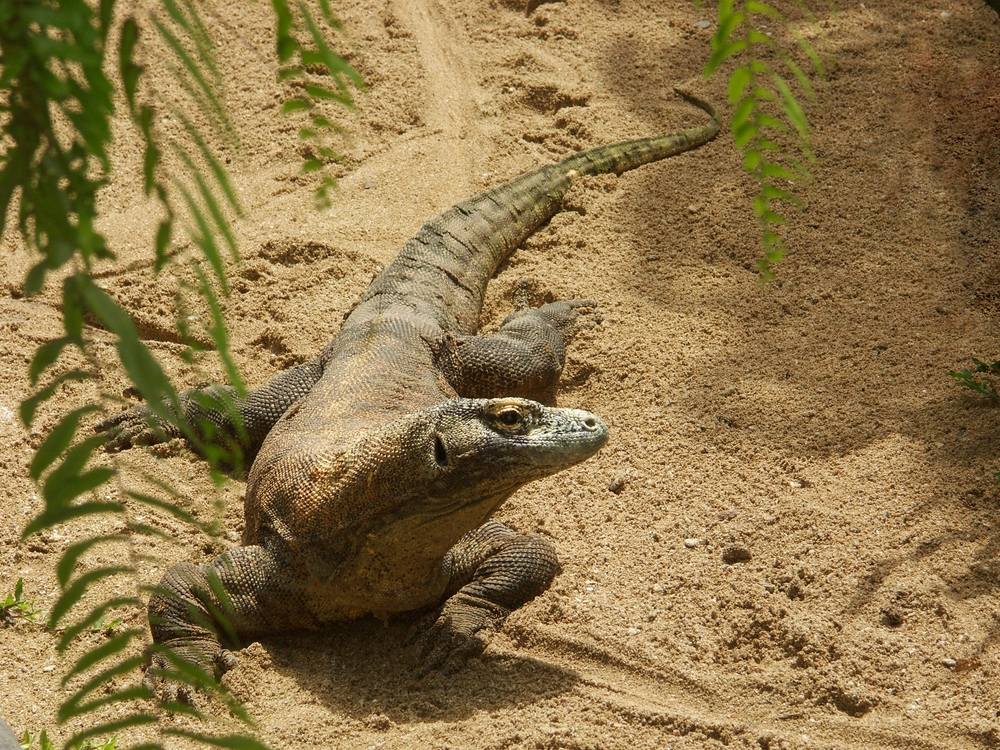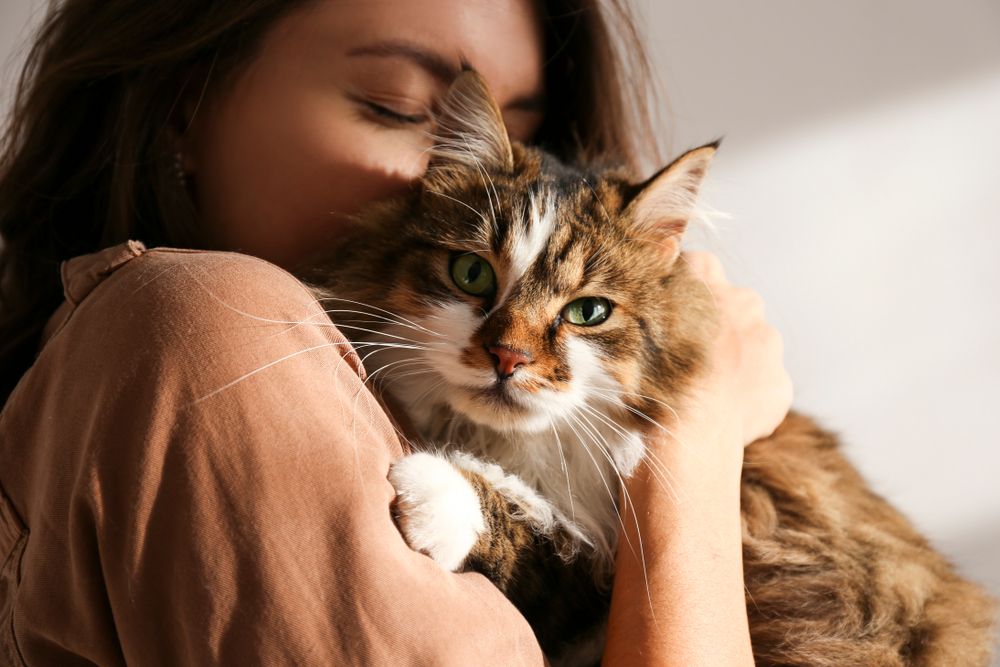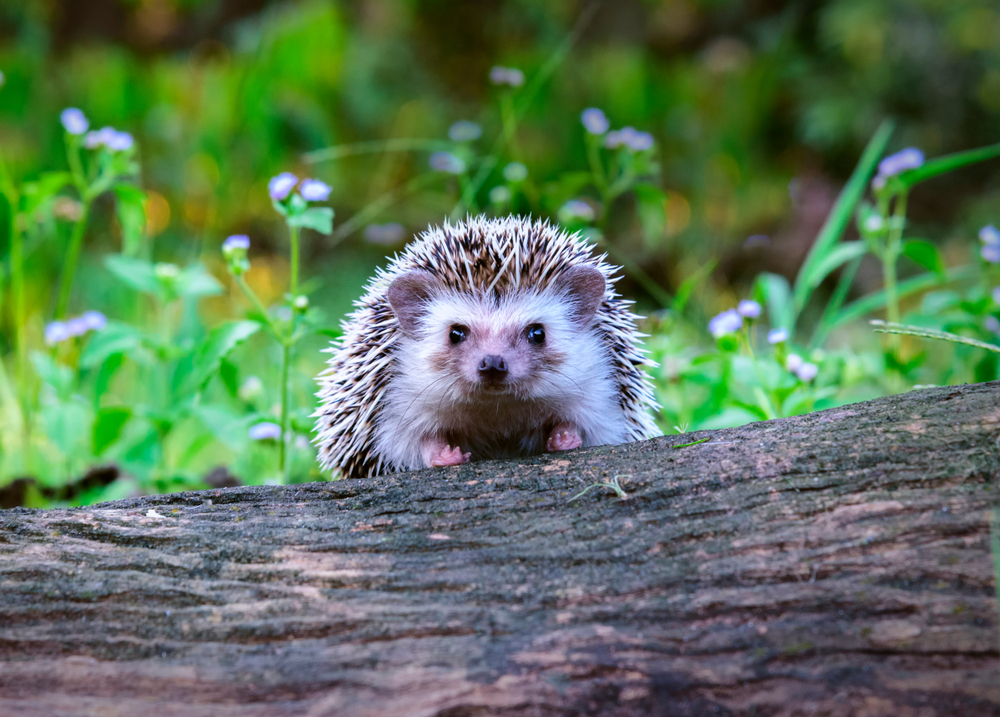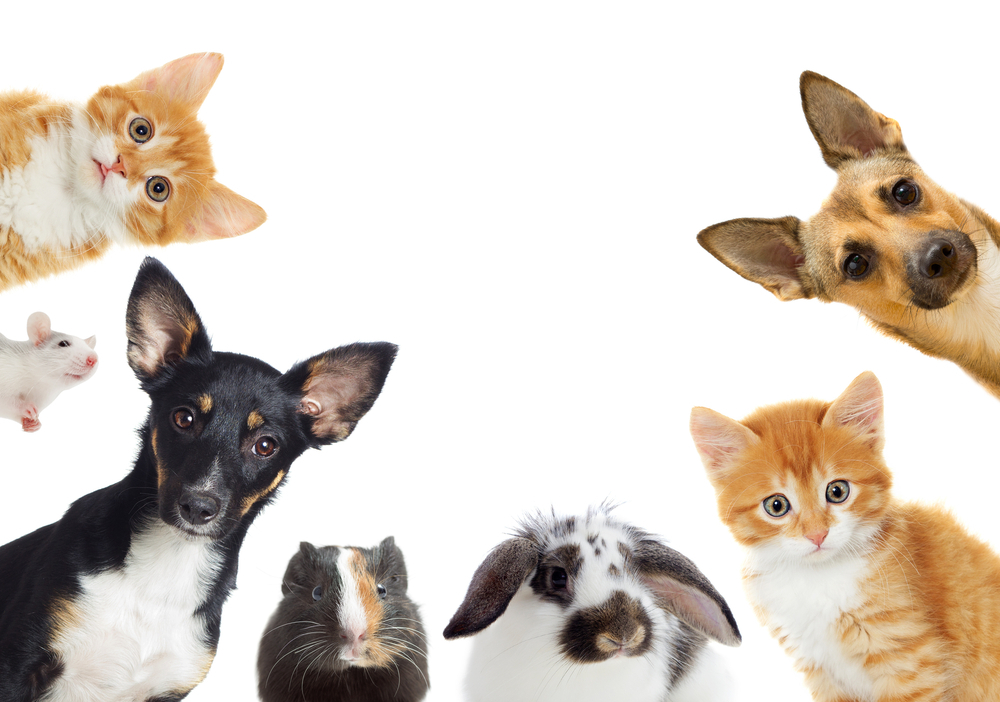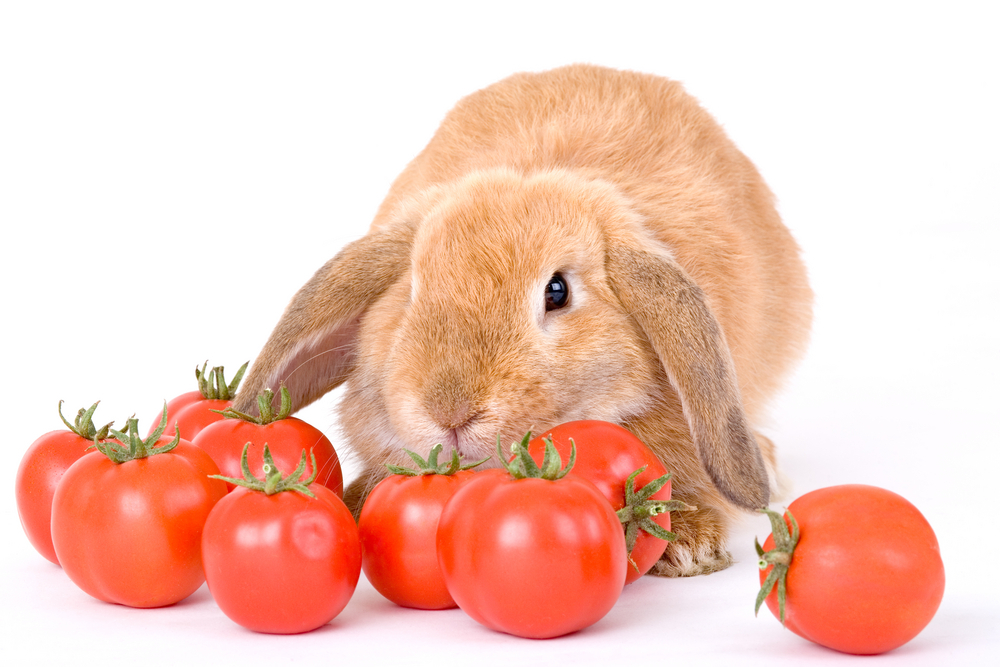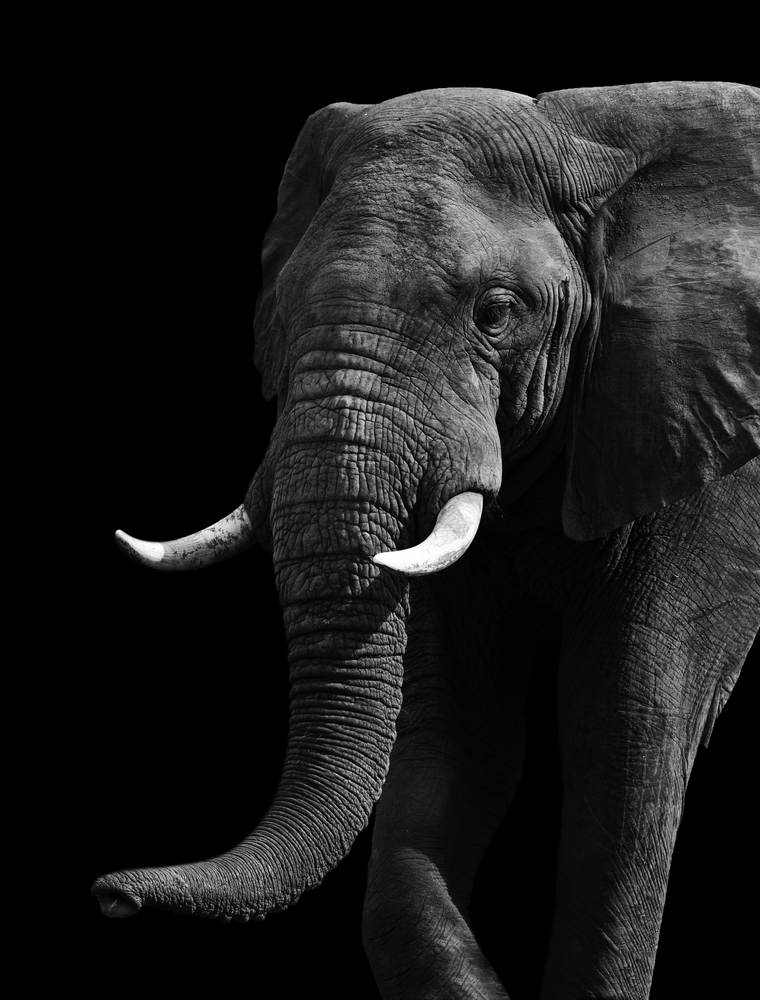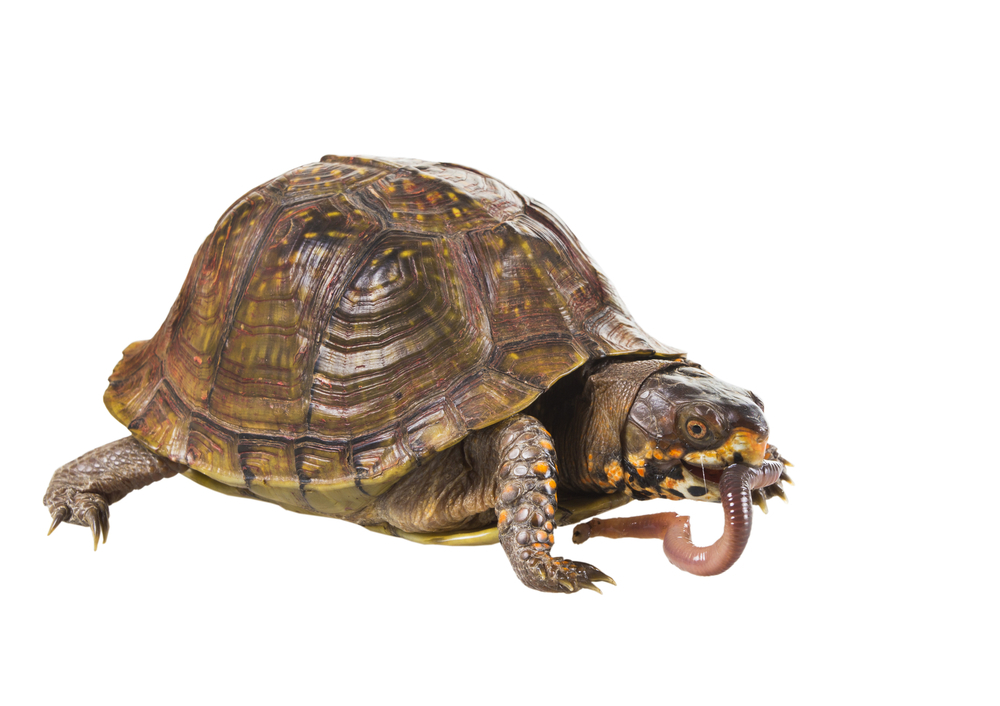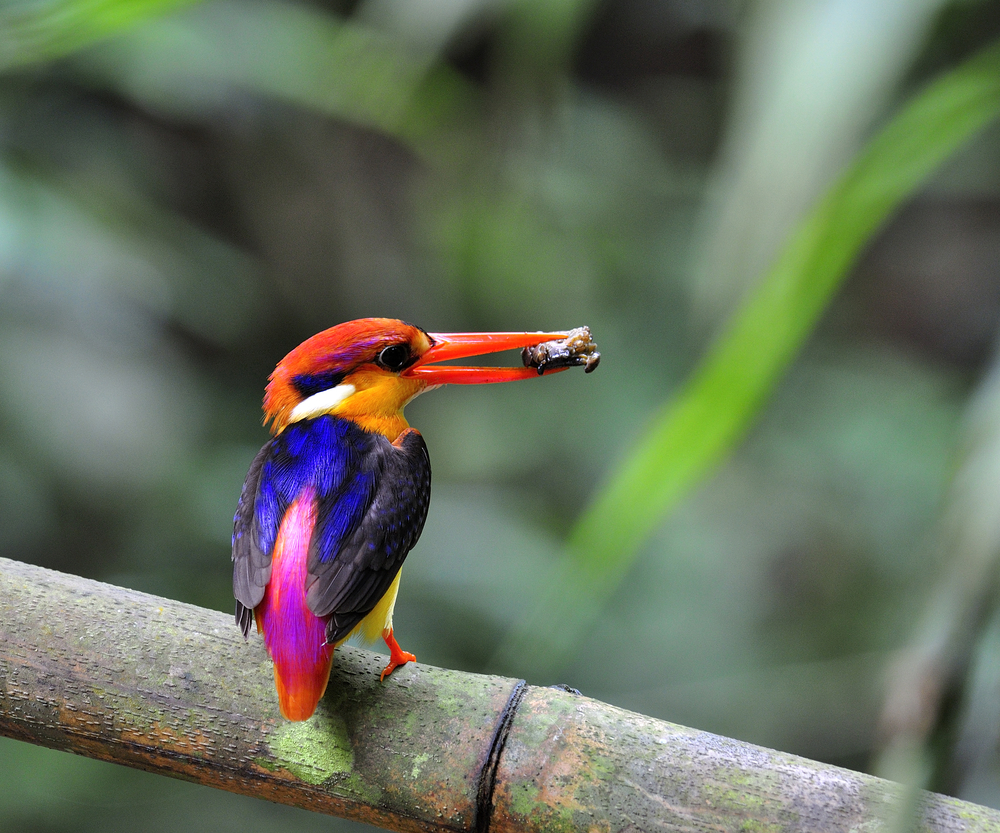11 Best Ways To Differentiate Between Alpaca vs Llama (With Pictures)
By  Olivia Moore |
Last updated: Jul 10 2023
Olivia Moore |
Last updated: Jul 10 2023
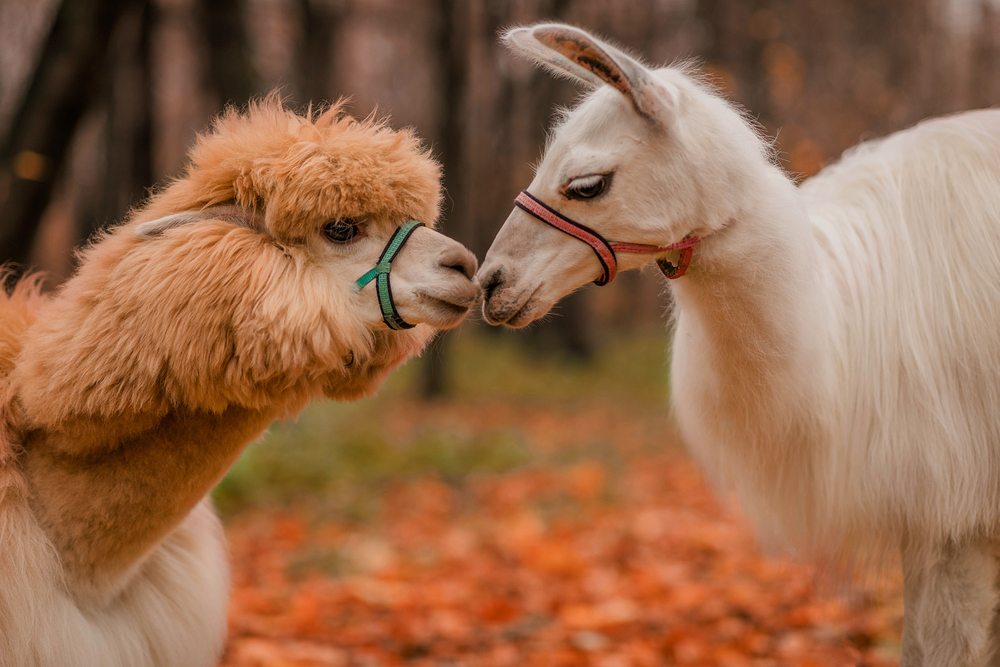
The fascinating world of camelids presents us with two of its most popular members: the alpaca and the llama. Though these South American natives often find themselves mistaken for one another, they possess unique characteristics and serve distinct purposes within their environments and human cultures.
This article delves into the subtle yet significant differences between alpacas and llamas, exploring their physical attributes, temperaments, and historical roles in order to enhance our understanding of these captivating creatures and help us better distinguish between them.
These animals have been used for the production of fleece and transportation purposes. They are found in Peru and Bolivia.
There are four lamoid species, of which two are Alpaca and Llama. The remaining two guanacoes and Vicuna are wild cousins. Amazingly, all these four breeds can interbreed to produce fertile offspring.
Our primary focus is on the comparison between the two, Alpaca vs Llama so lets just get into more details.
Related Article: 8 Best Horse Movies On Netflix
Alpacas vs Llamas:
Llama and Alpaca differ in many ways, and their physical appearance can be the most distinguishing between them. Alpacas and Llamas differ in size, face shape, and color. Also, both Alpacas and Llamas differ in disposition, as humans have used them differently.
9 Key Differences Between Alpacas and Llamas
As already stated, Alpacas and Llamas are cousins and resemble each other a lot, but they are very dissimilar. Below mentioned are the key difference between an Alpaca and a Llama;
1 Background Difference:
Alpacas and Llamas have been bred for over 5000 years, and both are essential to the camel family, Camelidae. Alpacas have been used for fine fleece production as they are hairy. Llamas hail from uneven and rocky regions of South America, where Llamas were used mainly as pack animals (as Llamas can carry 1/3rd of their body weight). It means a Llama can carry weight ranging from 75 to 100 pounds. But Llamas, when assaulted or overloaded, respond by kicking, spitting, and refusing to move.
![]()
2 Size Difference:
One of the main visible differences between these two mammals is the difference in their sizes. As Alpacas are smaller than Llamas. Alpacas are 90 cm (equals 35 inches) high at the shoulder, whereas Llamas the biggest lamoid, which is almost 120 cm (47 inches) high at the shoulder. Moreover, the weight of an Alpaca is generally between 48 to 84 Kg (105 – 185 pounds), while Llamas stand between 130 to 200 kg (286 - 440 pounds). So Llamas are much bigger and healthier than their cousin Alpacas.
![]()
3 Face Difference:
Like many other differences, both breeds also have distinct facial features. When comparing the faces of an alpaca vs a llama, you'll find that alpacas have a cute, smushed-in, and teddy bear-like appearance, while llamas have a longer face with a pronounced, curved nose.
In addition, alpacas have small noses with a lot of fur on their face, while Llamas have long noses with less facial hair.
![]()
4 Hair Difference:
Another significant difference is in their hair. Alpacas have shaggy hairs and a great variety of colors, and their hair color can vary from light yellow and white to black and brown. Alpacas 🦙 hairs are used in fleece production as they produce much more delicate fiber than Llamas.
On the other hand, Llamas don't have many hairs on their face and head like there cousins. Generally, Llamas' hairs are coarser and help guard other livestock.
![]()
5 Ear Difference:
The ears of these animals also differ. Alpacas have spear-shaped ears, reminiscent of an elongated leaf, while llamas have banana-shaped ears, curling inward.
![]()
6 Fiber Usage Difference:
Alpacas fiber is soft, hypo-allergic, warm, and lightweight, making it excellent for clothing. Alpacas fleece is typically used to make socks, shawls, and hats. On the other hand, Llamas fiber is coarser (rough) and is used for things like ropes, rugs, and cushion fillings.
![]()
7 Personality Difference:
Alpacas are typically shy, gentle, and curious creatures. On the other hand, llamas are known to be more independent and bold, capable of being guard animals for other livestock.
![]()
8 Color Difference:
An Alpaca coat is likely to have one uniform color, but Llamas's color tends to change across the coat. Moreover, an Alpaca have a wide variety of colors, approximately 22 shades.
![]()
9 Ancestors Difference:
It's believed that the Alpacas and Llamas are a breed from the wild, undomesticated species Vicuna and Guanaco. Guanaco is thought to be an early ancestor of the Llama. Guanaco is larger than Alpaca but smaller than Llama. The Vicuna is a deer-like creature that's more closely associated with Alpaca. The fiber of Vicuna is precious, but unluckily it's an endangered animal and is still a protected species in most countries.
![]()
10 Spitting Habits:
Both alpacas and llamas can spit as a defense mechanism or when annoyed. However, llamas are more likely to spit at humans, while alpacas usually reserve this behavior for disputes within the herd.
![]()
11Herd Mentality:
Both species are herd animals, but alpacas are more reliant on their social structure. They can become stressed if isolated, whereas llamas, while still social animals, display a greater degree of independence.
![]()
Conclusion
To sum it up, when considering Alpaca vs Llama, one needs to account for differences in size, physical features, behavior, wool quality, and historical uses. These charming creatures may look similar, but they each have unique characteristics that make them stand out.
Written by
Olivia Moore
Olivia is a freelance writer and pet enthusiast who writes articles on animals to help owners and their pets live their life in the best way. She resides in Australia and is currently doing her master’s degree in wildlife biology. Besides her studies, she has found a new love for working online and writing about animals. She is passionate about creating awareness about pets. Her mission is to write content on their health issues and the best ways to make their pets content. She loves to write about animals of all types but her specialties are dogs, cats, and birds.


